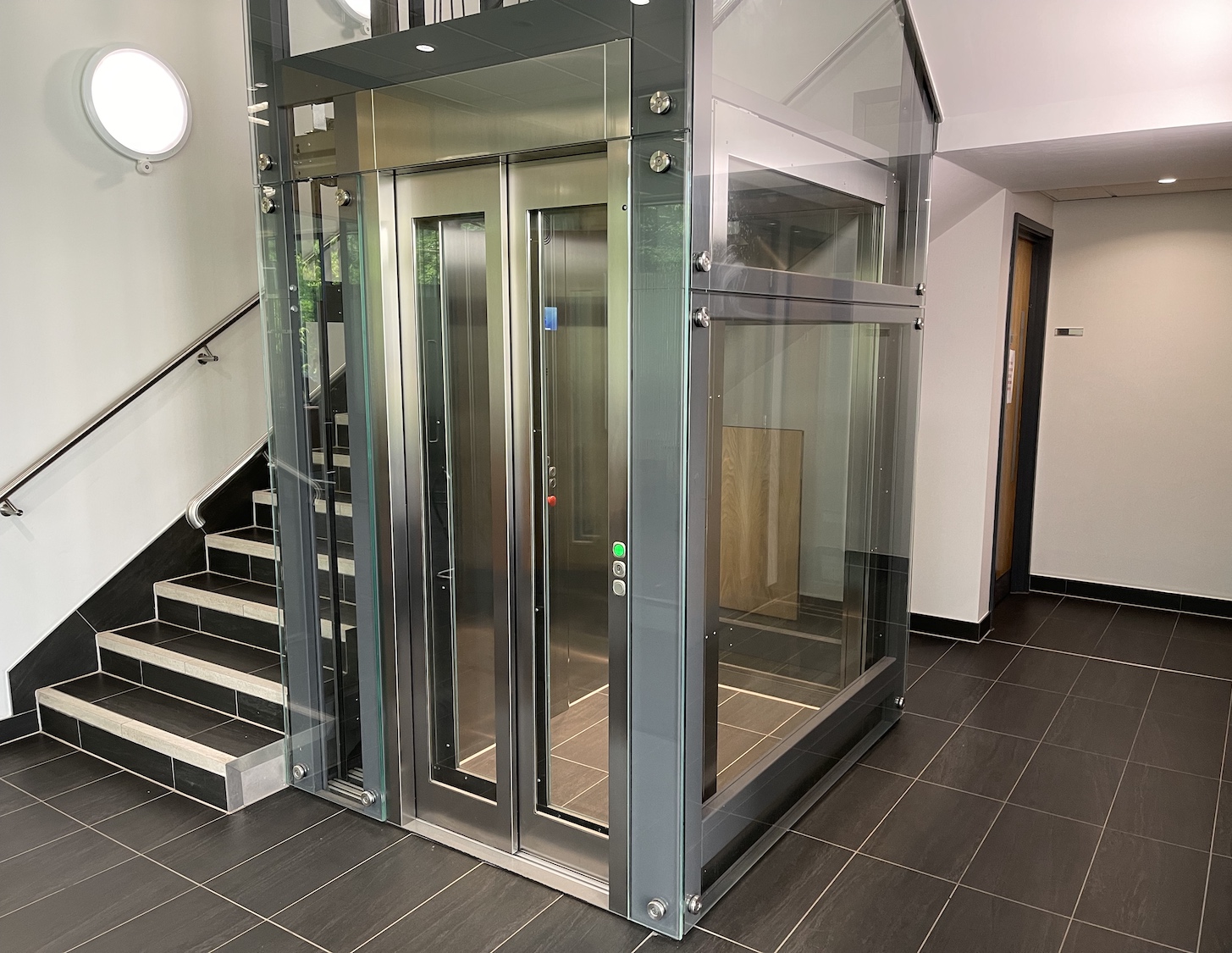Top Lift Companies in London: Offering Top Quality Installations and Maintenance
Top Lift Companies in London: Offering Top Quality Installations and Maintenance
Blog Article
Exploring the World of Lifts: Common Issues Dealt With by Different Lift Mechanisms
As we navigate with the upright transport systems of contemporary buildings, lifts stand out as an indispensable part of our day-to-day lives. From hydraulic lifts to grip systems and machine-room-less styles, each lift type comes with its collection of typical concerns.
Hydraulic Lifts
Hydraulic elevators, frequently chosen for low-rise buildings, make use of fluid pressure to regulate the activity of the elevator car (lift repair companies). This device entails a hydraulic pump pressing oil right into a cylinder, creating the elevator to relocate the wanted direction. While hydraulic lifts are recognized for their smooth and silent procedure, they do include their very own set of typical issues
One common trouble with hydraulic elevators is oil leakage. The seals in the hydraulic system can put on out with time, leading to oil seepage. This not only creates a mess yet can additionally affect the elevator's efficiency if left unaddressed. In addition, problems with the control system, such as faulty valves or a malfunctioning pump, can cause disruptions in the elevator's activity.
Routine upkeep and prompt repair work are necessary to make sure the smooth functioning of hydraulic elevators. By addressing these typical issues proactively, building proprietors can minimize downtime and ensure the safety and security and efficiency of their upright transport system.
Traction Lifts
When considering upright transportation systems in structures, an additional typical type besides hydraulic lifts is the grip lift. Grip elevators run making use of a system of ropes and counterweights that relocate the elevator cars and truck by gripping onto the hoist ropes. This device allows for smoother and quicker vertical transport compared to hydraulic systems.
One of the common concerns dealt with by traction lifts is rope wear. The consistent motion of the ropes within the grip system can bring about damage over time, potentially creating the lift to malfunction or become unsafe for use. Normal assessments and maintenance of the ropes are vital to make certain the elevator's appropriate functioning and security.
Another problem that grip lifts might run into is related to the control system. Troubles with the control system can result in issues such as irregular activity, hold-ups in reaction times, or perhaps complete closures. Routine testing and maintenance of the control system are crucial to prevent such concerns and ensure the lift's dependability.
Machine-Room-Less (MRL) Elevators

One of the key elements of MRL lifts is the small gearless grip device that is mounted within the hoistway. This equipment effectively drives the lift car without the need for bulky equipment discovered in conventional grip elevators. In addition, MRL lifts commonly use a counterweight system to balance the automobile, more boosting their energy efficiency.
In spite of their benefits, MRL lifts may face obstacles associated with repair and maintenance because of the confined area for tools installation. Ease of access for servicing components within the shaft can be limited, needing specialized training for specialists. Appropriate maintenance timetables and normal evaluations are vital to make sure the continued smooth procedure of MRL elevators.
Overloading and Weight Restriction Issues
Overloading and weight limitation issues are critical concerns in lift operations. Elevator suppliers style raises with details weight abilities to make certain traveler safety and security and devices durability.
When elevators are overwhelmed, it puts excessive pressure visit the site on the motor, cables, and various other components, possibly causing breakdowns or failures. Security devices such as sensors and overload sensors are in place to stop elevators from relocating if they identify excess weight. Furthermore, going beyond weight limits can bring about boosted power consumption and deterioration on the lift system.
To mitigate overloading issues, constructing supervisors should prominently display weight limits in lifts and educate occupants on the relevance of adhering to these constraints - lift repair companies. Normal maintenance checks by certified service technicians can likewise help ensure that lifts are operating within safe weight criteria. By attending to overloading and weight restriction problems proactively, building owners can boost lift safety and security and effectiveness
Electrical System Failings
Going beyond weight limits in elevators can not only lead to mechanical issues but also potentially add to electric system failures within the lift facilities. Electric system failings are an essential worry in elevator operation, as they can trigger unexpected closures, malfunctions, or also security risks.
Furthermore, power rises or fluctuations in the electrical supply can likewise interfere with the lift's procedure, influencing its efficiency and security. These electric disturbances can damage sensitive elevator components such as control panels, circuit card, or sensors, resulting in system failings. Routine maintenance and examinations are vital to identify and resolve possible electric problems promptly, ensuring the effective and risk-free procedure of lift systems. By sticking to weight limits and performing routine electric system checks, building proprietors can minimize the threat of electrical failures in elevators.
Verdict

Hydraulic lifts, frequently favored for low-rise structures, utilize fluid stress to control the motion of the elevator automobile.When taking into consideration vertical transportation systems in buildings, an additional typical kind aside from hydraulic elevators is the grip lift. Grip elevators operate using a system of ropes and counterweights that relocate the lift cars and truck by gripping onto the hoist ropes. Unlike typical elevators that call for a different device room to house the equipment, MRL elevators integrate most of the parts within the shaft, getting rid of the requirement for a committed equipment room.In conclusion, lifts deal with typical problems such as hydraulic malfunctions, traction system failures, and electrical system problems.
Report this page